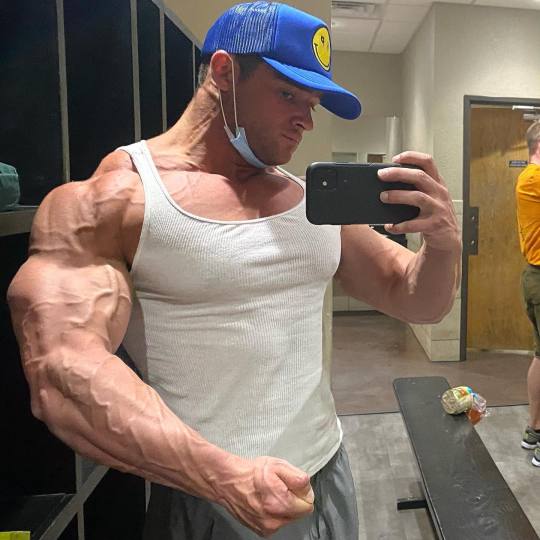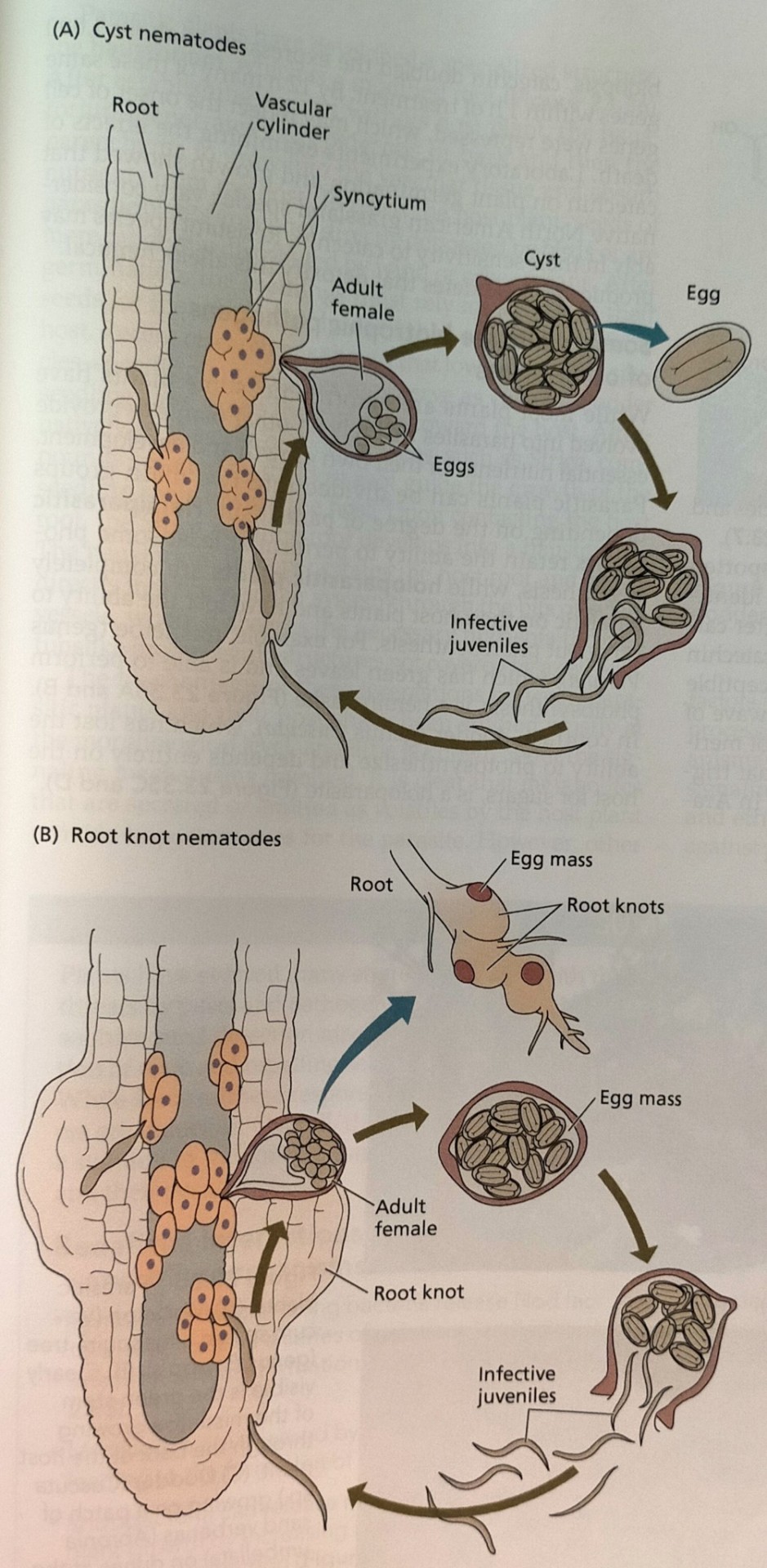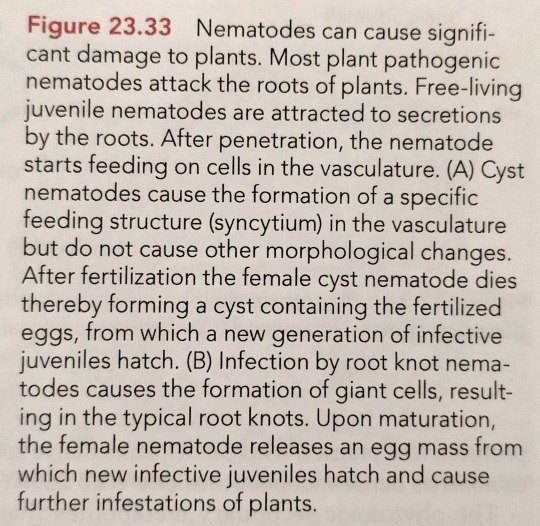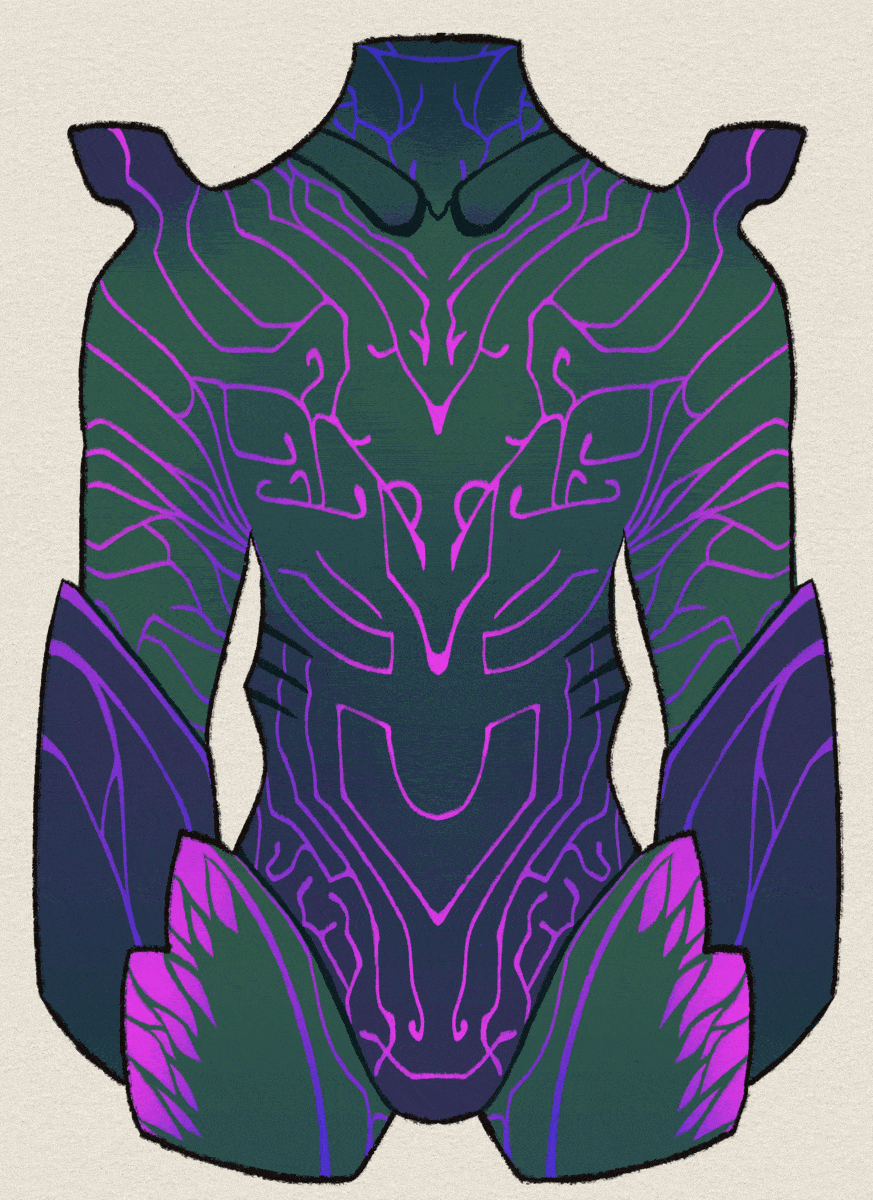#vasculature
Photo


Dylan Mckenna
#dylan mckenna#big guys#muscle men#manly men#beefy guys#big arms#big biceps#vasculature#gym pump#Male Fitness#gym bro#gym bros#gym rat#fitness industry#fitness influencer#male hottie#built guys#big guy#gym gainz#gymstagram#guys of instagram#hot muscle men#big guys at the gym#sexy hunk#hunky men#male muscle#male pulchritude#massive guys#the power effect#thepowereffect
892 notes
·
View notes
Text
Vital for Vessels
Protein Netrin 1 plays a key role in the development of the kidney by regulating development of the vessel network
Read the published research article here
Video from work by Samuel E. Honeycutt and colleagues
Department of Cell Biology and Physiology, University of North Carolina at Chapel Hill, Chapel Hill, USA
Video originally published with a Creative Commons Attribution 4.0 International (CC BY 4.0)
Published in Development, November 2023
You can also follow BPoD on Instagram, Twitter and Facebook
13 notes
·
View notes
Text
The life cycles of parasitic nematodes begins when dormant eggs recognize specific compounds secreted by the plant root (Figure 23.33). (...) As a result, the cell walls break down and neighboring cells are incorporated into a syncytium (see Figure 23.33A). (...) Roots infected by root knot nematodes form large cells, resulting in the establishment of the characteristic knot or gall, which also remains in close contact with the vasculature and provides the nematode with nutrients (see Figure 23.33B).


"Plant Physiology and Development" int'l 6e - Taiz, L., Zeiger, E., Møller, I.M., Murphy, A.
#book quotes#plant physiology and development#nonfiction#textbook#life cycle#parasitic#nematodes#dormant#eggs#plant cells#cell walls#syncytium#roots#plant roots#infection#root knot#gall#vasculature
3 notes
·
View notes
Link
The innovative imaging technique enables researchers to assemble intricate representations of the capillaries and surrounding tissue, yielding more data than could be obtained with a single imaging modality. Now, rather than relying on an approximation, more exact estimates of properties such as blood circulation in actual blood arteries may be obtained and integrated with additional data such as cell density.
#Vasculature#Blood Cells#Johns Hopkins Medicine#magnetic resonance imaging#optical microscopy#computed tomography#vascuviz
0 notes
Note


thought you'd enjoy this rose quartz heart i got myself for christmas!
njkgbksdfk thank you! I love that so much! holy shit!
#losing my mind a normal amount omfggggg#its so beautiful#i love how the natural cracks and lines look like vasculature#that is a stunning piece of art#i need more heart things..........#arrnuts#the curious clown
22 notes
·
View notes
Text
It killed me today bc during lab I literally walked my friend through exactly how to do the thing we were doing and then I went to go do it and forgot half the steps
#like why am I like this#we were transfixing the vasculature around the brachial plexus and I know how to do it correctly#like was literally giving my friends pointers and walking her through it#and then it was my turn and I literally removed a clamp too early and messed up another thing#btw this was a cadaver lab
4 notes
·
View notes
Text
had a dream I was studying cadavers again, but I was trapped in this enormous building with room after room of posed cadavers, having to identify stuff in each room like it was an endless anatomy exam
#it wasn’t hard bc even dead asleep a&p is so ingrained in me#even my subconscious was just rattling off bones and muscles and vasculature
3 notes
·
View notes
Text
Me as the phlebotomists call each other over the ogle my forearms
#My veins#Donate if you can! Canadian Blood Services#I secretly love the attention#I've always had good veins but now#I've got vasculature#gymlife#gymmotivation#grip strength
1 note
·
View note
Text
just realized that the reason there are so many “sides” these days is because a lot of people have Covid-related erectile dysfunction
#people who are not top or bottom or versatile#I’m not saying it’s because their dicks don’t work like they used to#but also yea that is what I’m saying#sars2 is a vascular disease it attacks your vasculature#which includes your ability to sustain an erection!
0 notes
Video
Catching the Flow
Your memories, perception and thoughts all exist in your neocortex, grooved tissue that comprises over three-quarters of your brain. Its only blood supply comes from the pial arterial vasculature, a network of tiny blood vessels that are difficult to image in detail. Although blood vessels have been successfully imaged at high resolution using live, time-of-flight magnetic resonance angiography (TOF-MRA) – an approach that detects the flow of water protons in blood – it was ruled out for pial arteries due to their slow blood flow; until now. Researchers successfully imaged the pial arteries of four adults with TOF-MRA by using extremely small voxels – voxels are the 3D equivalent of pixels and refer to cubes of space. The resulting high-resolution images (pictured) captured pial arteries down to one voxel in diameter. TOF-MRA, therefore, wasn't limited by slow blood flow but by image resolution and can now be used in pial vasculature studies.
Written by Lux Fatimathas
Video by Saskia Bollmann and colleagues
Athinoula A. Martinos Center for Biomedical Imaging, Massachusetts General Hospital, Charlestown, MA, USA
Video originally published with a Creative Commons Attribution 4.0 International (CC BY 4.0)
Published in eLife, April 2022
You can also follow BPoD on Instagram, Twitter and Facebook
#science#biomedicine#neuroscience#mri#magnetic resonance imaging#angiography#blood vessels#vasculature#brain#blood supply
29 notes
·
View notes
Text
Compartments of leg vasculature

We’ll go round to the front to follow it. It immediately passes forward through a gap in the interosseous membrane. Here’s where we saw the anterior tibial artery last, arising from the popliteal artery. Lastly, we’ll look at the anterior tibial artery. It gives off numerous branches to the surrounding muscles, and ends behind the lateral malleolus. The peroneal artery runs down between the deep posterior muscles, close to the fibula, which is here. The peroneal artery passes laterally, and runs beneath a muscle that we’ll be looking at at in the next section, flexor hallucis longus. Within its tunnel, the posterior tibial artery divides into the medial plantar, and lateral plantar arteries, which we’ll follow in the next section. At the ankle, the artery passes through a tunnel beneath the flexor retinaculum, part of which has been removed here. It’s covered by the increasingly thick transverse intermuscular septum, which we’ll remove.Īs it passes toward the medial side of the ankle, the posterior tibial artery lies just behind tibialis posterior. It runs down the back of the leg, just behind the deep posterior muscles. We’ll follow the posterior tibial artery first. The popliteal artery then ends by dividing into the peroneal artery, and the posterior tibial artery. We’ll remove soleus.Īt the lower border of the popliteus muscle, the popliteal atery gives off this major branch, the anterior tibial artery, which runs forwards. The popliteal artery runs down the back of the popliteus muscle, then passes through the fibrous arch in the origin of soleus. To follow the popliteal artery, we’ll remove gastrocnemius. Its branches to gastrocnemius have been removed. Here’s the popliteal artery, passing between the two heads of gastrocnemius. In the dissection that we’ll see, all the veins have been removed, to simplify the picture. They’re the anterior tibial, the posterior tibial, and the peroneal. The three main arteries which supply the leg and ankle region are all branches of the popliteal artery. In this section we won’t follow the deep veins any further, since their course is just the same as that of the corresponding arteries. With the tibial nerve behind it and the popliteal artery in front of it, it disappears between the two heads of gastrocnemius. In the last section we saw the principal deep vein of the leg, the popliteal vein. The short saphenous vein, like the long saphenous vein, is joined by a number of superficial branches The saphenous veins are also joined by several perforating veins like this one, which bring blood from the muscle compartments that lie deep to the investing deep fascia. To see some of the superficial veins in more detail, we’ll remove the subcutaneous fat from the back of the leg. It goes up the back of the leg, and passes through the deep fascia near the knee to join the popliteal vein. The short saphenous vein runs up between the calcaneal tendon and the lateral malleolus. We’ve seen its more proximal course in the previous sections of this tape. The long saphenous vein passes over the medial malleolus, which is here, and runs up the medial side of the leg. Here’s the short saphenous vein on the back, and the long saphenous vein on the front. To expose the two major superficial veins, two strips of subcutaneous fat have also been removed. We’ll go from the knee, where we saw them last, to just below the ankle. Now we’ll move on, to look at the vessels and nerves of the region.

0 notes
Text

Nerd-to-nerd communication
Something super pointless and self-indulgent I've had on the backburner for a while. I love trying to make the pieces they gave us fit together!
Al-AN and Robin would absolutely bond over learning about each other's biology. I could talk about this forever but I'll get into all of the headcanons I have for these two in another post eventually
Below the cut is another version with some extra bits and pieces and the transcription
Transcript :
Architect Anatomy
A. Architect "Brain" - Doesn't "store" information so much as allow for easy communication with the network
B. Brainstem - connects the information received to the central nervous/circulatory system
C. "Heart" - Circulatory system pumps the bioluminescent fluid to other organ systems and surface veins. Each node connects to a vast vasculature network
D. "Kidneys" - Organs that filter the bioluminescent "blood" and other bodily fluids, absorbing and distributing collected material
E. Nerve Center - Receives raw sensory data and filters it. Filtering can be unconscious or intentional

F. "Respiratory" Tract - Intakes gases or liquids and filters out material for use. Disposes of waste on exhale. Provides cooling to internal systems
The respiratory tract functions less like a set of lungs and more akin to a computer's cooling system, with the ability to absorb material from the environment to use in other parts of the body. It also would likely help the architect's body analyze the environment it is currently exposed to on a molecular level. It is also truly unidirectional, with the intake vents near the "collarbone" and the exhaust vents on both sides of the abdomen
The architect organ cache in-game felt like it was definitely not a complete model of the internal organs, so I wanted to come up with something to fill some more space. I also just really liked the idea of Al-An being capable of something similar to breathing, without having a respiratory system in the traditional sense.
Feel free to use any of this in your own headcanons if you would like :)
BONUS - a gif of all the layers!

#EDIT - UPDATE IN THE REBLOGS#The skeletal structure of the architects cause me so much anguish#Ily al-an but your HIPS don't have JOINTS#This was so fun#I mention this in the keep reading but feel free to use this anatomy speculation stuff in your own work!#I want to get into more of my headcanons for how his body works but I might do that through writing. Ill link my ao3 if I do lol#subnautica below zero#subnautica#sbz#al an subnautica#al an#robin ayou#subnautica below 0#al-an#spec bio#<< technically I guess#Do you think he sounds like an overheating pc when he's embarrassed#SMALL EDIT : HELLO?? I didnt realise Aci had made a video analyzing al-an's body and AUGH I WISH I HAD SEEN IT!!#He brings up some really good points and ideas abt his physiologyyyyy
451 notes
·
View notes
Text
I’m going to write something heartbreakingly beautiful and incisive about neurodiversity one of these days. Not today. But on a day of some kind. Because the fundamental human urge to commit taxonomy, to categorize and split and parse, is useful in some situations and utterly counterproductive in others. And the same way we weaken our community when we attempt to label every flavor of queerness under some overarching umbrella like genera of shrubs, we weaken ourselves when we insist on seeing only a spectrum of autism disorders instead of the weird, wild, wonderful variety of human thought. Normal is a suggestion at most, like the vasculature of the Circle of Willis at the base of the human brain; the layout of vessels we’re taught in Anatomy are only true for 30% of the population, because that’s the most common layout—the rest of us are all mutants in our own small, uncommon ways.
We need to love ourselves. We need to see how we think and love ourselves for it whether it’s “useful” or not. It is my brain. The only criteria for whether I’m happy is whether I’m happy. No one else can look at my life from outside and assign me happiness based on whether I am conforming to a breed standard.
158 notes
·
View notes
Text
Highlights
"The extreme inflammatory response that occurs in severe cases of COVID-19, also known as cytokine storm, is likely a contributor to the increased risk for acute myocardial infarction (AMI) and stroke."
"Based on the observation that SARS-CoV-2 replication was abortive in macrophages and foam cells and the evidence that the overreactive inflammatory response to SARS-CoV-2 is orchestrated by macrophages in other tissues, we investigated the immune response of macrophages and foam cells to SARS-CoV-2. Differential gene expression analysis of RNA-seq data from infected macrophages and foam cells identified shared and unique transcriptional signatures. As expected, the 1,254 shared genes included the SARS-CoV-2 viral genes. Other commonly upregulated genes were involved with antiviral responses and SARS-CoV-2 infection, including interferon (IFN) signaling pathways and antiviral processes by type I and II IFN signaling, oligoadenylate synthetase (OAS) antiviral response, negative regulation of viral replication and viral lifecycle as well as complement activation and cytokine signaling."
"In contrast, genes encoding proteins associated with lipid efflux (that is, ABCG1 and ABCA1) were significantly downregulated in infected macrophages compared to foam cells. Lipids and lipid droplets play crucial roles in viral lifecycle, including SARS-CoV-2. By promoting lipid uptake and accumulation in macrophages, SARS-CoV-2 may create a cellular environment that is favorable for viral infection."
"Although SARS-CoV-2 is considered a respiratory virus, patients with COVID-19 have been shown to be at increased risk of cardiovascular complications, including myocardial infarction and stroke. Our study provides evidence of SARS-CoV-2 presence in human coronary vasculature and demonstrates viral tropism for vascular lesion macrophages in individuals with severe COVID-19. We found evidence of SARS-CoV-2 replication in all analyzed human autopsy coronaries regardless of their pathological classification, although viral replication was highest in PIT coronary lesions—early-stage lesions that progress to more advanced atherosclerotic plaques. It is well established that, as lesions progress to more advanced stages, such as fibroatheromas and fibrocalcific plaques, macrophages and foam cells become dysfunctional due to prolonged exposure to lipids and an inflammatory microenvironment."
#mask up#covid#covid 19#covid isn't over#pandemic#covid conscious#long covid#covid is airborne#wear a mask#coronavirus
39 notes
·
View notes
Note
So no pressure at all not to answer if you don’t want to. Just if you do know…
*could* House still have his leg amputated? Would it help?
Initial disclaimer: I am not a doctor and I don't claim to be, any misconceptions are my own!
So we know that amputation was originally on the table in 1999/2000 when House initially had his infarction and then brought back into the limelight in 2011 when he committed bathtub butchery. But outside of those two acute incidents, could he have an amputation in the interim?
It's sort of a multipronged question because amputations, particularly above knee amputations (AKA) are pretty involved, risky surgeries. There's a lot of significant vasculature in the thigh that can be difficult to control. The femur in the thigh is the strongest bone in the human body, breaking a healthy adult femur is the equivalent of cracking concrete. Contrary to what House says when he claims surgeons are going to err on the side of "caution" and take his leg to protect themselves from complications, there are a lot of risks involved in taking a ~70 lb limb from the body. Patients after an AKA are 4x more likely to suffer a cardiac event. It's not just about preserving function if at all possible (though that is a concern). AKA is lower risk than, say, allowing a necrotic muscle to continue to rot inside the body, but if a healthy person with a mobility device walks into a surgeon's office and says, "I would like to have my leg amputated because of chronic pain," many surgeons are resoundingly going to say no.
That is especially complicated by House having had an infarction, a blood clot. Muscular infarctions are rare and almost exclusively happen in diabetics, so for House to have had one as a nondiabetic man in his late 30s/early 40s, he probably has something unusual going on in his blood to cause atypical clotting factors. He should be taking bloodthinners to prevent another infarction from occurring. By definition, that makes him a higher risk patient for any surgeon--he comes off the bloodthinners for surgery, putting him at risk for another infarction, or he doesn't and he's now at risk for hemorrhage.
Add to the equation that House is American in the world run by insurance--no insurance company is going to approve an amputation in a guy who's walking with a cane. Some would probably try to slide it by as a cosmetic/elective surgery to escape any financial responsibility, so he'd be looking at around $50,000 out the gate for surgery alone.
But the question will it help? is one that... really can't be answered. Again, contrary to what the canon displays, phantom limb pain is seldom easily fixed and can become chronic, plus the physiology is extremely poorly understood, so it's much more difficult to treat than standard acute or chronic pain. There's a pretty good chance that, with time and healing after amputation, House would have a fairly normal, pain-free existence, given he'll always be disabled and he'll face the struggles of using a prosthetic/walker/crutches/whatever mobility aid he chooses. There's also a chance that he could continue to live in chronic pain, now less treatable, while healing a surgical incision and learning how to walk again. It could fall either way. (And potential complications, ie a second infarction, cardiac event, no limitations, there's a lot to work with.)
All of that said--this is just in terms of my experience and limited knowledge. I think amputee!House is something that should be explored more often in fandom, from all sides of the equation (1999, 2011, favorable outcomes, unfavorable outcomes). It's worth mentioning that within the scope of the House MD universe, House does believe that he would be a happier person in less pain if he had had his leg amputated.
In terms of fanworks, anything goes! (I mean I literally wrote a soliloquy on how/why Wilson's cancer is considered terminal while simultaneously writing my WilsonLives!AU, so it's safe to say we should all be comfortable hurling realism in the toilet for the sake of Fix It FanFiction.) There are no rules, medicine as we know it doesn't exist, you can do Whatever You Want for the sake of the narrative.
71 notes
·
View notes
Text
I already know this is going to be me. I have a smaller bone frame to begin with. Weight training and getting sufficient protein is so so important for women. Early life sports should be prioritized for girls so they can build vasculature to support skeletal muscles early on and bone density from high impact.
#literally all my life I’ve looked at my wrists and been like#someone can so easily break these#women’s health#popular posts
722 notes
·
View notes